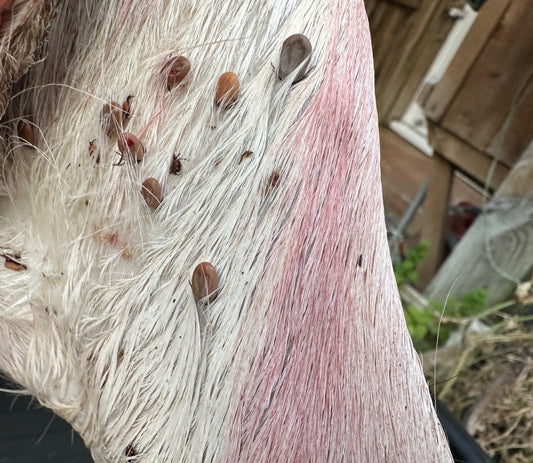For those managing land and estates, the concept of carrying capacity is essential in maintaining a healthy deer population and a flourishing ecosystem. Carrying capacity is not a mere numerical limit but a dynamic threshold that can influence the very fabric of population dynamics within a given habitat. At Wildscape Deer Management, we apply a nuanced understanding of this concept to ensure the sustainable coexistence of deer populations with their environment.
Understanding Carrying Capacity:
Carrying capacity is a measure of the environment's ability to support a particular species — in this case, deer — without adverse effects on the animals or their habitat. It is shaped by the availability of essential resources: food, water, cover, and space. This capacity varies with seasonal shifts, climatic changes, and human land use practices, requiring a flexible and informed management approach.
Determining Carrying Capacity:
Determining the carrying capacity of a landscape involves comprehensive habitat assessments. We analyze vegetation types and densities, water source availability, and shelter options to estimate the number of deer the land can support.
This assessment includes:
Vegetation Surveys: Identifying the quantity and quality of forage that can sustain the deer throughout the year.
Water Resources: Evaluating the accessibility and reliability of water sources across seasons.
Shelter and Cover: Examining the availability of safe areas for deer to rest, hide, and escape from predators or harsh weather.
Spatial Analysis: Considering how much space is available and how deer utilize the landscape, including their movement patterns and home range sizes.
Influence on Population Dynamics:
The carrying capacity directly impacts deer population dynamics. When food resources are abundant, deer populations can grow, potentially leading to higher reproduction rates. Conversely, when resources are scarce, competition increases, leading to higher mortality rates, lower birth rates, and sometimes increased emigration, as deer seek out better living conditions.
Overpopulation and Its Management:
When deer populations exceed the carrying capacity, the effects can ripple through the ecosystem, leading to overbrowsing and habitat degradation. In such cases, Wildscape Deer Management implements strategic culling to reduce numbers to a sustainable level, in line with best practice guidelines.
Our Culling Strategies page provides insight into how we manage overpopulation while maintaining the integrity of the deer population and their habitats.
Adaptive Management:
Adaptive management is key in dealing with the variability of carrying capacity. By continuously monitoring deer populations and habitat conditions, we can adjust our management practices to reflect the ever-changing landscape. This involves regular reassessments and potentially adjusting culling targets, modifying habitat enhancement strategies, and working with landowners to plan land use that supports both their goals and the needs of wildlife.
Carrying capacity is a fundamental principle in deer management that guides our practices at Wildscape Deer Management. By understanding and managing this delicate balance, we ensure that the deer populations we steward are healthy and that the lands they roam are protected for future generations.
For estate owners looking to integrate sustainable deer management into their land stewardship, we invite you to explore our Deer Management Consultation services. With our expertise, we can help you navigate the complexities of carrying capacity and population dynamics for the benefit of your land and the wildlife it supports.




